Grand Central Terminal is one of New York City’s most famous landmarks. Located on 42nd street at Park Avenue, it is sometimes incorrectly called Grand Central Station or simply called Grand Central for short. Grand Central is not only the world’s largest railway station at 76 acres, and the nation’s busiest (500,000 commuters and subway riders use it daily), it’s also one of the world’s great public places. Once known as Grand Central Station, the building was converted into Grand Central Terminal when steam locomotives were replaced by safer, less-polluting electric systems. Grand Central is a tourist destination that deserves to be on everyone’s “must-see” list. It also happens to be one of the best free things to do in NYC. Grand central Terminal is often wrongly labelled or referred to as ‘Grand Central Station’, which happens to be the post office nearby.
Grand Central Terminal is an architecturally impressive structure from both the outside along Park Avenue as well as the inside, particularly when walking beneath the high ceilings. In the main hall is the famous barrel-vaulted ceiling which depicts the winter sky displaying 2500 stars as well as zodiac signs on a blue ceiling. Here are some interesting architectural facts about Grand Central Terminal:
- The 4-faced clock in the center is worth over $10 million and all of the faces are made of opal
- The painted ceiling was done backwards by mistake!
- The staircase on the west side of the terminal is the original structure while the east side is new
- The flooring in Grand Central Terminal is made of pink marble
- The clock on the outside of the terminal where the numeric 6 is is actually a window
- The Kissing Gallery is where welcoming hugs and kisses were given when greeted
- The Whispering Gallery is located in front of the Oyster Bar. This is not a good place to have confidential discussions as you can hear the whisperings of people standing/seated at the 4 corners.
- Originally, there were 12 cast iron eagles placed outside the terminal but only 1 remains today
Grand Central Terminal dates back to 1913 and it is considered the largest train station in the world based on the number of platforms (there are a total of 44 platforms, all running underground). During older times, when trains were the most popular means of transportation, up to 65 million travelers would reach Grand Central Station yearly. However, as cars and air travel became more popular, Grand Central Station gradually became deserted and, in the end, it was practically abandoned. Homeless people moved in, and by the time the New York Metropolitan Transportation Authority leased the building in the 1990s, the station was in pretty bad shape. The MTA spent several years and millions of dollars restoring Grand Central Station to its former glory (they left a tiny spot untouched near the ceiling of the Main Concourse to show how dirty it used to be). In 1976, it was designated a National Historic Landmark.
Several thousands of commuters pass through the station every day, and several more thousands of visitors drop by the station every day to admire its architecture or to have lunch at one of the station’s restaurants, the most famous of which are probably Michael Jordan’s Steakhouse and the Oyster Bar. In all, there are 35 places to eat in total. From Grand Central Terminal, you can access several subway lines as well as the commuter train to Westchester and Connecticut.
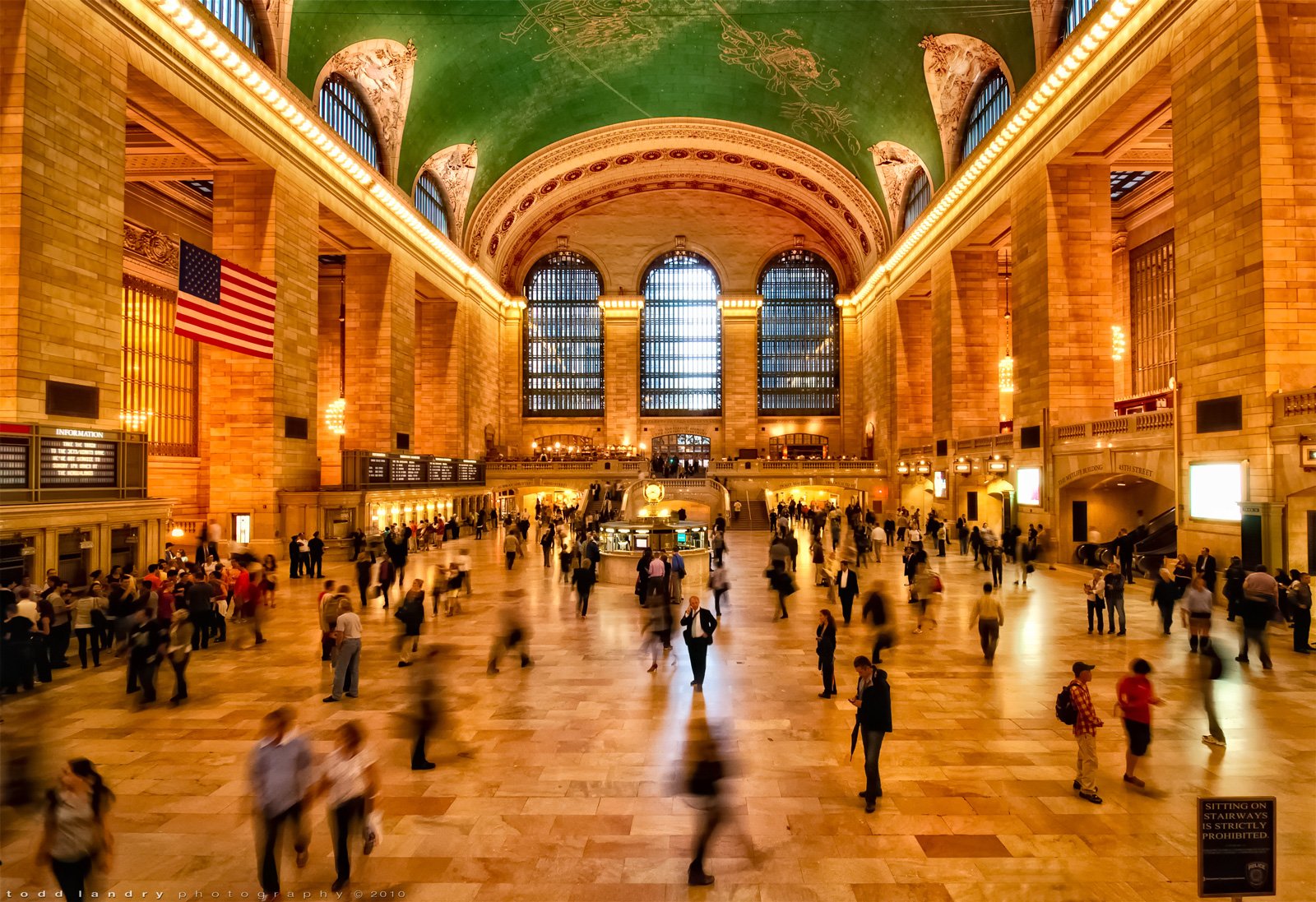
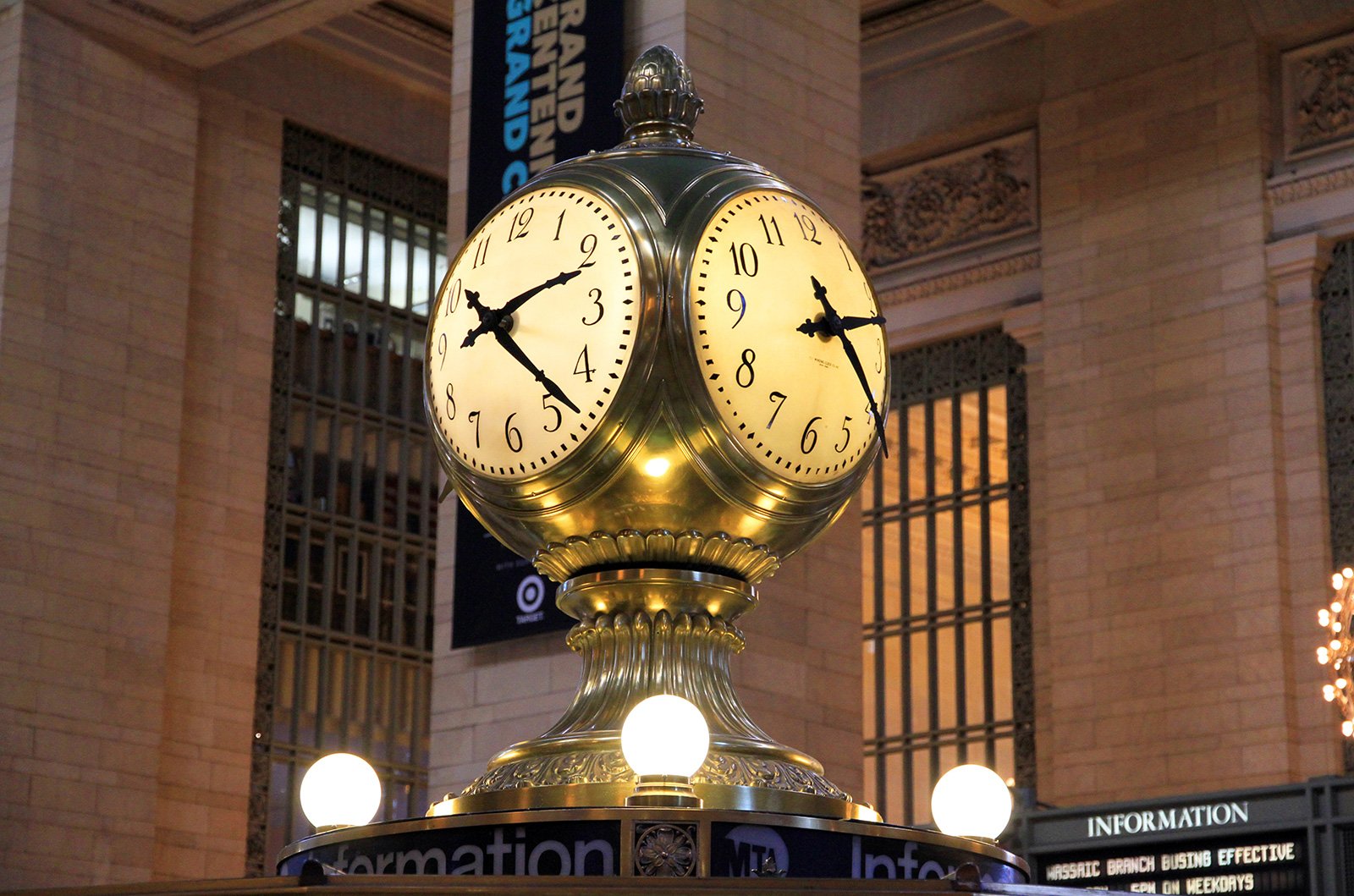
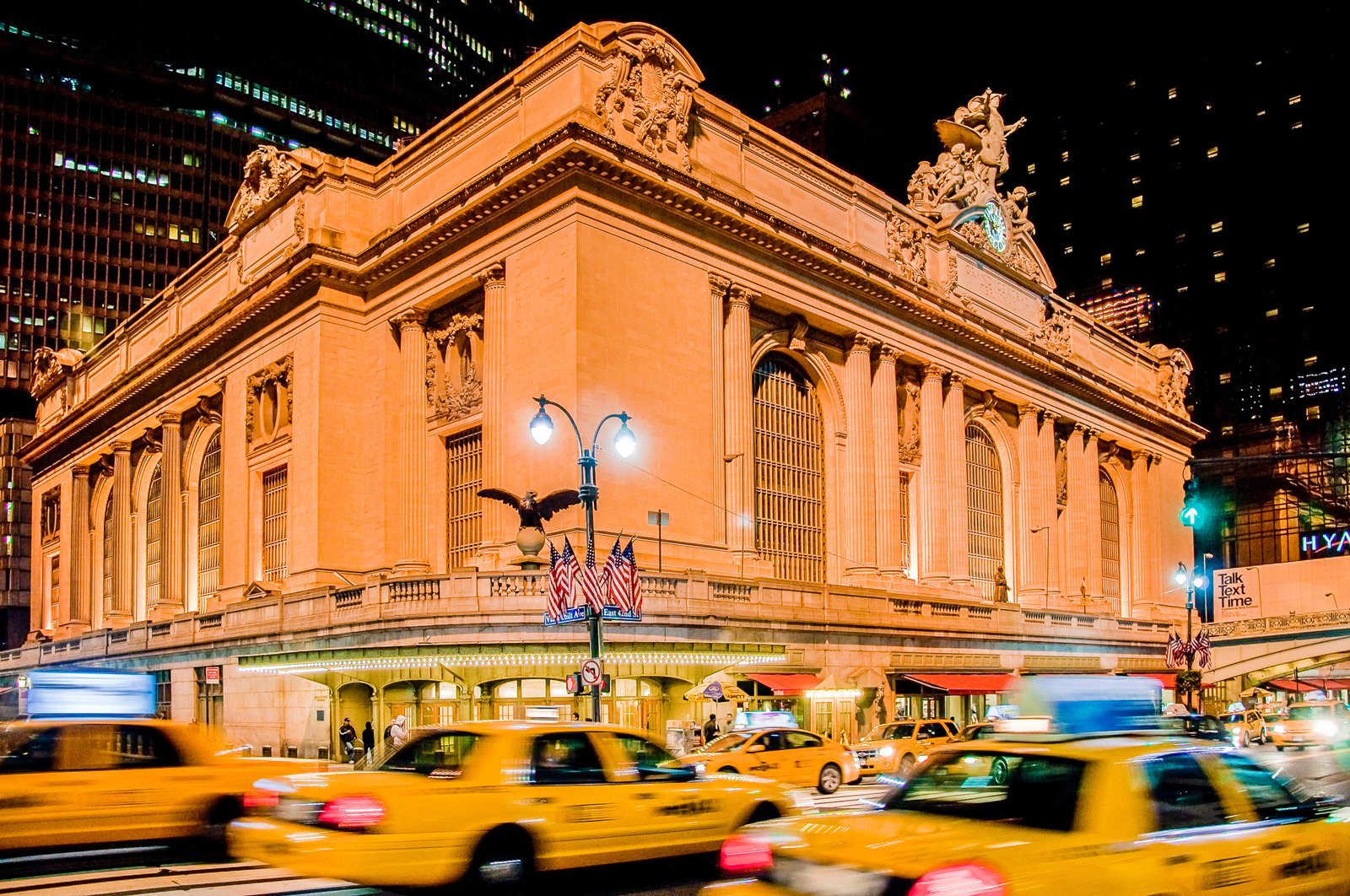

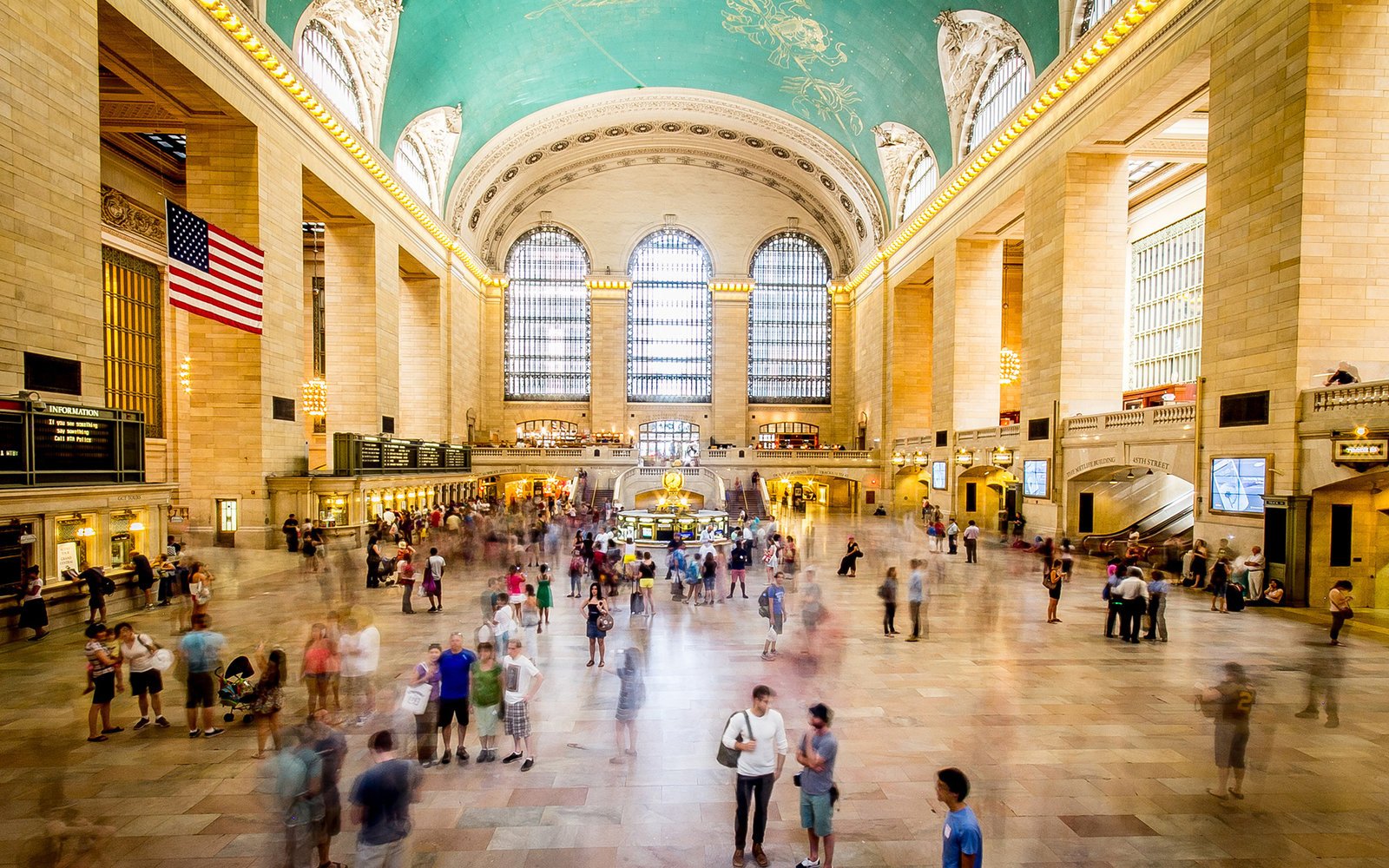


















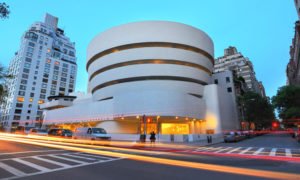

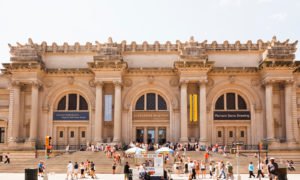



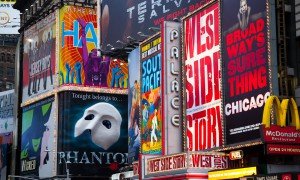

Pingback: SUMMIT One Vanderbilt - Go! NYC Tourism Guide